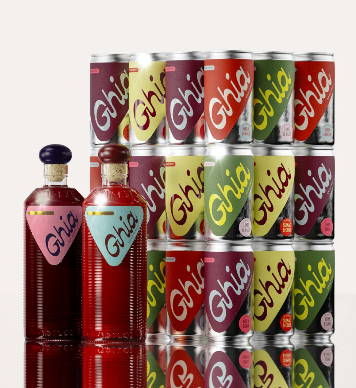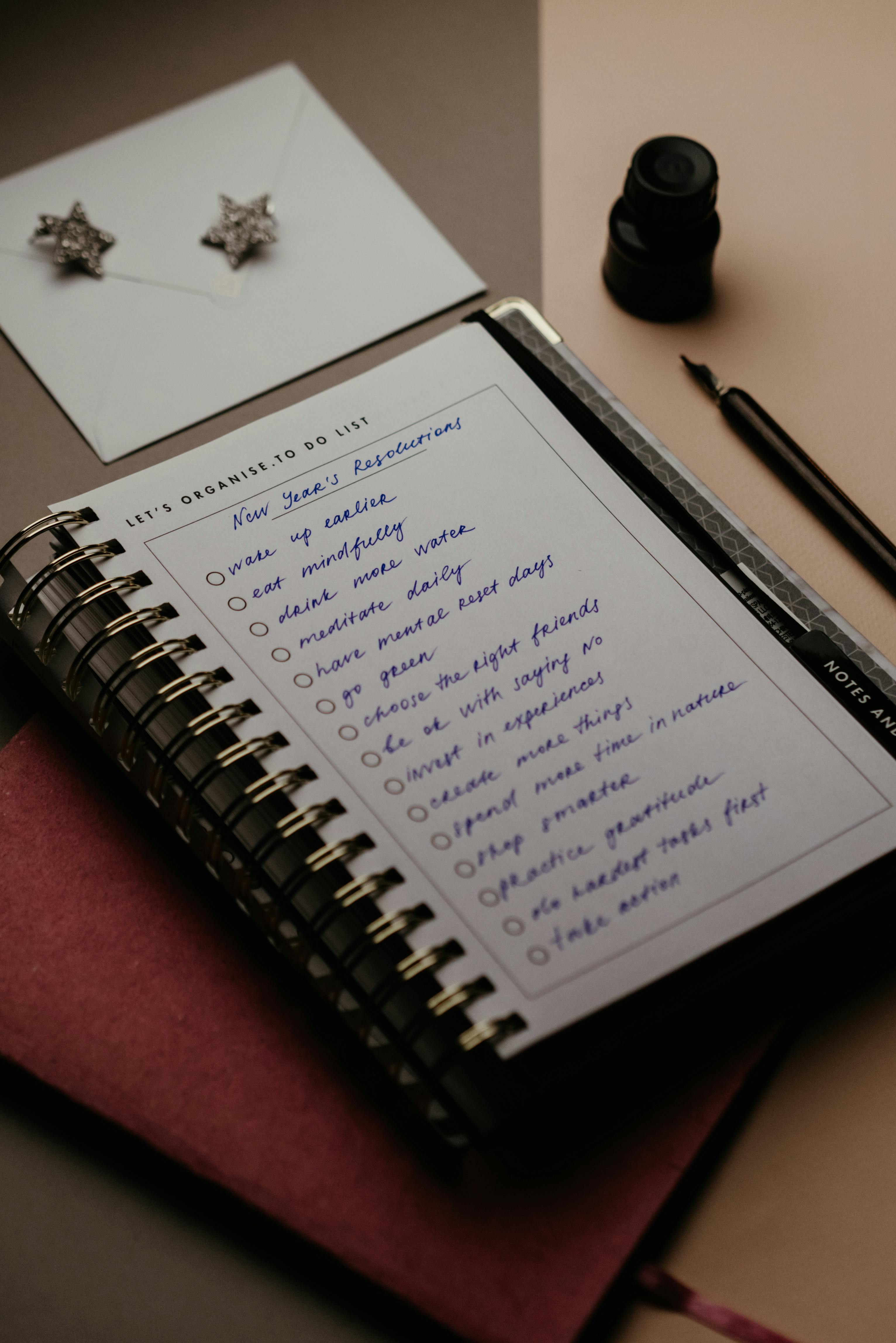
Embracing Dry January 2025 in Hong Kong: Health Advantages and Practical Tips
Maintaining abstinence from alcohol during January in Hong Kong can be challenging for many. Understanding the relationship between alcohol and health, along with implementing effective strategies, is crucial for a successful Dry January. This guide examines the key health benefits of abstaining, practical methods to sustain motivation, non alcoholic options in Hong Kong, and approaches to handling social situations without reaching for a glass of mojito or ginger beer. By following these recommendations, individuals can enhance their well-being and confidently embrace a month of alcohol-free living.
Understand the Health Benefits of Dry January 2025
Dry January offers multiple health benefits. Abstaining from alcohol like vodka enhances mental clarity and improves sleep quality. Increased hydration with drinks such as tomato juice boosts physical fitness.
Additionally, taking a break strengthens liver health, supports weight loss, and elevates mood without relying on booze.
Discover a world of sophisticated non alcoholic options like Ghia's botanical aperitif or Love Sparkling Elixir to elevate your Dry January experience.
Boost Your Mental Clarity With Abstaining From Alcohol

Abstaining from booze during Dry January allows the body to better absorb essential vitamins, enhancing mental clarity. A recent survey in the United States revealed that participants experienced heightened focus and increased cognitive function after reducing their alcohol intake.
Reducing consumption of cocktails such as martinis minimizes the intake of sugars and additives that can affect mental performance. Studies involving patient groups have shown that abstaining from booze contributes to improved concentration and overall mental well-being.
Improve Sleep Quality During the Month of Sobriety
Eliminating booze during Dry January allows the body to restore its natural sleep architecture, resulting in deeper and more restful sleep. By removing substances like amaro and liquorice, individuals can experience fewer sleep disturbances and wake up feeling more rejuvenated.

Incorporating natural remedies, such as lemon balm or rose tea, can complement the benefits of sobriety by promoting relaxation and enhancing overall sleep quality which you can find some of these ingredits in Ghia, a great alternative choice to drinking. These herbal options provide a soothing alternative to traditional methods, supporting a healthier sleep routine throughout the month.
Enhance Your Physical Fitness Through Better Hydration
Opting for beverages with no alcohol can significantly enhances hydration levels. Proper hydration is essential for maintaining physical fitness, as it supports muscle function and energy metabolism during workouts.
From a medical perspective, reducing alcohol intake and increasing water consumption can lead to improved athletic performance and faster recovery times. By choosing hydrating alternatives like club soda instead of high-spirits cocktails, individuals can better support their fitness goals and overall health.
Strengthen Your Liver Health by Taking a Break
Taking a break from booze during Dry January significantly benefits liver health by allowing the organ to repair and regenerate. Reducing the intake of beverages like red wine, which contain high levels of ethanol, minimizes the liver's workload and decreases the risk of fatty liver disease.
Experience Weight Loss Through Alcohol Reduction

Reducing the consumption of high-calorie beverages such as lager plays a significant role in weight loss during Dry January. By eliminating alcohol, individuals decrease their intake of added sugars and empty calories, creating a caloric deficit that promotes fat loss. Incorporating ginseng into the diet can further enhance metabolism, aiding in the efficient burning of calories and supporting overall weight management efforts.
Elevate Your Mood Without the Effects of Alcohol
Abstaining from alcohol consumption during Dry January contributes to a stable and elevated mood by eliminating the depressive effects associated with beverages like Manhattan. Instead, individuals can enjoy non-alcoholic alternatives such as a Shirley Temple, which provide a pleasant sensory experience without the negative mood impact.
Incorporating natural remedies, such as chamomile tea, serves as effective medicine for enhancing emotional well-being. These alternatives not only support a positive mood but also offer relaxing properties that help individuals maintain their mental health throughout the month of sobriety.
Implement Effective Strategies to Survive Dry January
Successfully navigating Dry January involves setting achievable goals, selecting flavorful non-alcoholic drinks like blackberry lemon or coconut beverages, and building a support network for accountability. Engaging in alternative activities with friends, tracking progress through daily reflections, and preparing strategies for potential triggers are essential steps. These strategies not only support weight loss but also enhance the overall experience.
Set Realistic Goals for Your Dry January Journey
Setting realistic goals for Dry January involves establishing achievable milestones that maintain motivation throughout the month. For instance, participants can gradually reduce their alcohol intake by replacing evening drinks with refreshing alternatives like lemonade or zero proof malt beverages. This approach not only makes the transition smoother but also ensures that the commitment to Dry January remains sustainable and enjoyable.
Find Non-Alcoholic Beverages to Satisfy Cravings
Health professionals advocate for replacing spirits, such as tequila, with flavorful zero proof sodas and expertly crafted mocktails. These alternatives provide the complexity and satisfaction of traditional drinks without the adverse effects of alcohol, making it easier to adhere to Dry January commitments.
Track Your Progress With Daily Reflections

Maintaining a daily reflection journal can significantly aid individuals during Dry January by tracking their consumption of beverages like cola and zero proof elixirs. By noting daily habits and responses to these alternatives, users can identify patterns that contribute to better sleep and reduced insomnia. This consistent monitoring helps in understanding how substituting traditional drinks with healthier options supports overall progress.
Additionally, reflecting on the choice of zero proof aperol and other flavorful beverages allows participants to assess their emotional and physical well-being. Recording experiences with these alternatives can highlight the positive impact of avoiding booze, such as improved mood and enhanced focus. This practice not only reinforces commitment but also provides actionable insights to overcome challenges related to cravings and social triggers.
Prepare for Triggers and Have a Plan
Preparing for triggers involves recognizing situations where the desire for booze, such as ale or rum, may arise and establishing strategies to maintain sobriety. For instance, substituting a typical evening drink with a refreshing espresso-based beverage can help manage cravings effectively. By anticipating these moments, individuals can confidently navigate social gatherings and stressful environments without compromising their commitment to health.
Having a comprehensive plan also includes seeking support from health care professionals and leveraging community resources. Engaging with a support network provides practical assistance and reinforces the dedication to sobriety. Additionally, developing alternative routines, such as engaging in physical activities or enjoying non alcoholic beverages, ensures that individuals remain focused and resilient throughout their Dry January journey.
Navigate Social Situations During Dry January
Navigating social situations during Dry January requires clear communication with friends and family, suggesting alcohol-free events, and practicing assertive responses to pressure. Bringing alternative beverages like spritzers with ice from Athletic Brewing Company and seeking others participating can ease the transition. Planning activities that focus on umami tastes or incorporating clove-spiced drinks ensures enjoyable, health-focused gatherings.
Suggest Alcohol-Free Events and Gatherings
Hosting alcohol-free events can make social gatherings enjoyable and inclusive for everyone. By offering a selection of sober beverages, such as hot toddies and cranberry juice mocktails, hosts can ensure that all guests have delightful options without the need to reach for a bottle of alcohol. This change promotes a welcoming environment where individuals can socialize comfortably while maintaining their commitment to Dry January.
Organizing activities that shift the focus away from drinking can enhance the overall experience of gatherings. Incorporating interactive elements like board games or themed movie nights, paired with refreshing non-alcoholic drinks like cranberry juice spritzers, encourages meaningful interactions. This approach not only supports a sober lifestyle but also fosters deeper connections among friends and family.
Bring Your Own Non Alcoholic Options to Social Outings
Bringing your own beverages, such as fresh grapefruit juice or other juice-based options, to social outings ensures that individuals participating in Dry January have satisfying alternatives to alcoholic drinks like gin. By selecting flavorful non-alcoholic beverages, participants can enjoy their social interactions without compromising their commitment to sobriety.
Additionally, opting to carry preferred drinks helps counteract the pervasive advertising of alcoholic beverages, allowing individuals to stay focused on their health goals. Offering a refreshing grapefruit-based juice not only provides a tasty substitute but also reinforces the choice to prioritize well-being in social settings.
Seek Out Others Participating in Dry January
Connecting with others who are also participating in Dry January creates a supportive environment that enhances the experience. Attending social gatherings such as barbecues with friends who choose to enjoy non-alcoholic options like kombucha and infused water fosters a sense of community and shared commitment. This camaraderie makes attending events more enjoyable and lessens the temptation to consume wine or other alcoholic beverages.
Engaging in group activities where tea and water are the primary beverages allows individuals to build meaningful relationships while maintaining their sobriety. Participating in organized events, such as tea-tasting sessions or hydration-focused meetups, provides practical opportunities to enjoy flavorful alternatives and share personal progress. This collective approach not only reinforces individual goals but also promotes a healthier, alcohol-free lifestyle.
Plan Activities That Don’t Revolve Around Drinking

Engaging in physical activities, such as hiking or yoga, can divert attention from drinking and foster social connections. These events allow participants to explore the outdoors and truly reflect on your personal well-being.
Organizing themed gatherings that celebrate the artistic talents of the community can be a wonderful way to connect with others during Dry January. By hosting events that showcase local artists, musicians, or craftspeople, individuals can enjoy enriching social interactions while supporting the creative spirit of the neighborhood. These types of gatherings shift the focus away from alcohol and instead foster an appreciation for the diverse talents and passions that make the community vibrant.
Prepare for the Post-January Transition
Preparing for the post-January transition involves reflecting on experiences and lessons learned, deciding whether to continue sobriety beyond the month. If reintroducing alcohol, doing so mindfully with beverages like a Moscow mule or juniper-infused drinks is crucial.
Maintaining healthy habits, such as a balanced diet for brain health, sharing the journey with a community, and setting new health goals will help sustain momentum and address challenges like nausea.
Reflect on Your Experiences and Lessons Learned
Reflecting on Dry January allows individuals to assess how reducing caffeine intake and incorporating regular exercise contributed to their overall well-being. By analyzing the information gathered during the month, such as increased hydration from consuming watermelon and improved sleep quality, participants can identify sustainable habits that promote long-term health benefits.
Decide Whether to Continue Sobriety Beyond January
After completing Dry January, individuals in Italy might consider integrating herbal-infused beverages into their daily routines, leveraging the rich tradition of Italian non-alcoholic drinks. Collaborating with a professional bartender to create unique cider flavors enhanced with cardamom can provide satisfying alternatives to alcoholic options, making the transition smoother and more enjoyable.
Gradually Reintroduce Alcohol Mindfully, if Choosing
After completing Dry January, individuals considering reintroducing alcohol should do so gradually to minimize potential health risks. Incorporating low-alcohol options like pale ale or mixing drinks with orange juice can help manage consumption and reduce the likelihood of reverting to unhealthy drinking patterns.
Mindful reintroduction of beverages such as negroni, enhanced with fresh cucumber slices, allows for savoring flavors without overindulging. This approach not only supports the maintenance of achieved health benefits but also mitigates the risk of developing alcohol-related diseases by promoting responsible drinking habits.
Set New Health Goals to Keep the Momentum Going
Setting new health goals after Dry January ensures that the positive habits formed continue to benefit overall well-being. Incorporating beverages like green tea and ginger ale into daily routines offers nutritious alternatives to alcoholic drinks, fostering sustained healthy choices.
Establishing objectives to minimize the risk of returning to high-calorie cocktails such as whiskey sour encourages ongoing mindfulness in consumption. Embracing flavorful options like strawberry-infused beverages helps maintain momentum and supports a balanced, health-focused lifestyle.
Conclusion
Successfully completing Dry January 2025 offers significant health improvements, including enhanced mental clarity, better sleep quality, and improved physical fitness. By abstaining from alcohol, individuals support liver health, promote weight loss, and stabilize mood. Implementing effective strategies such as setting realistic goals, selecting enjoyable non-alcoholic beverages, and establishing a supportive network increases the likelihood of success. Adopting these practices not only benefits participants during January but also fosters long-term healthy habits and overall well-being.
